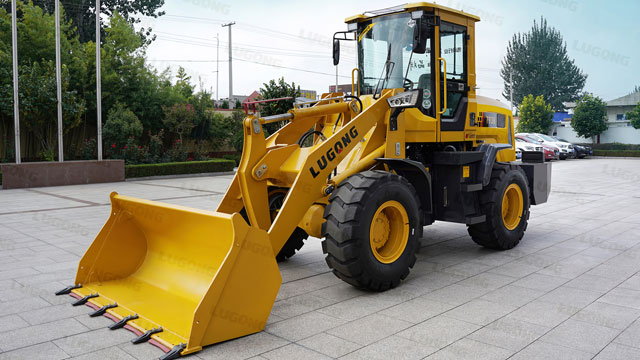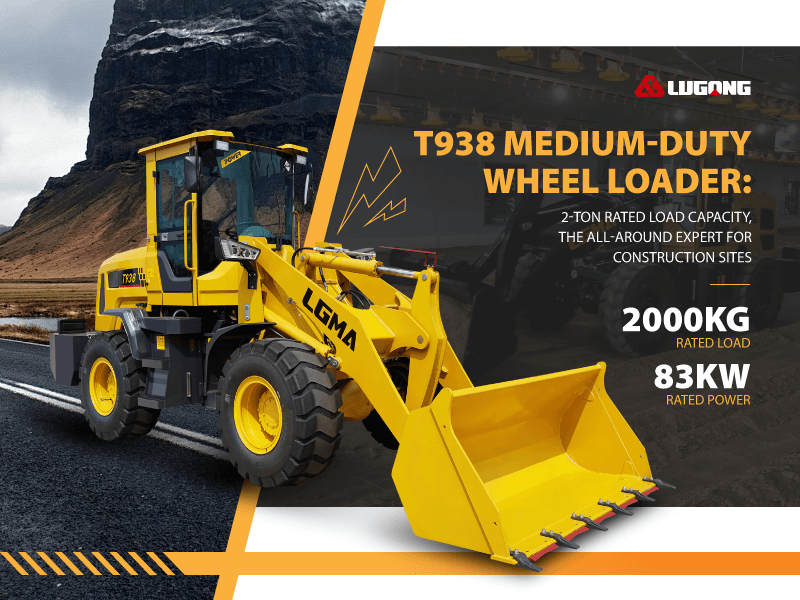10 Safety Precautions Every Wheel Loader Operator Should Follow
Wheel Loader Operator Notes Introduction:
Operating a wheel loader requires skill, knowledge, and a strong commitment to safety. Wheel loaders are powerful machines used in various industries, such as construction and mining, to handle heavy loads and transport materials. To ensure the safety of the wheel loader operator and those around them, it is crucial to follow certain precautions. In this article, we will discuss ten safety precautions that every wheel loader operator should follow.

10 Safety Precautions Every Wheel Loader Operator Should Follow
1. Proper Training and Certification:
Before operating a wheel loader, operators should undergo comprehensive training and obtain the necessary certifications. This training should cover the machine’s operation, maintenance, and safety protocols to ensure wheel loader operators are equipped with the knowledge and skills needed to operate the wheel loader safely.
2. Pre-Operational Inspection:
Performing a pre-operational inspection is crucial to identify any potential issues or malfunctions. Operators should check the tires, brakes, lights, hydraulic systems, and other critical components before starting the wheel loader. Any defects or abnormalities should be reported and addressed promptly.
3. Use Personal Protective Equipment (PPE):
Wheel loader operators must wear appropriate personal protective equipment, including hard hats, safety glasses, high-visibility vests, gloves, and steel-toed boots. PPE protects operators from potential hazards, such as falling objects, flying debris, and accidental contact with machinery.
4. Maintain Clear Visibility:
Maintaining clear visibility is essential for safe wheel loader operation. Operators should ensure that mirrors and windows are clean and properly adjusted. If visibility is obstructed, the operator should use a spotter or a camera system to assist in maneuvering the machine.
5. Seat Belt Usage:
Wearing a seat belt should be a non-negotiable practice for every wheel loader operator. Seat belts significantly reduce the risk of injury during accidents or sudden stops. Operators should always fasten their seat belts before starting the wheel loader.
6. Adhere to Load Capacity Limits:
Exceeding the wheel loader’s load capacity can lead to tipping or loss of control. Operators should be aware of the wheel loader’s load capacity and avoid overloading it. Distributing the load evenly and securing it properly will help maintain stability and prevent accidents.
7. Properly Secure Attachments:
When using attachments, such as buckets or forks, operators must ensure they are properly secured. Loose or improperly attached attachments can detach during operation, causing serious injuries or damage. Regularly inspecting and tightening attachments is crucial for safety.
8. Maintain Safe Operating Speeds:
Operating a wheel loader at excessive speeds can compromise stability and control. Operators should always adhere to safe operating speeds, especially when turning, going uphill, or on uneven terrain. Maintaining a reasonable speed allows for better maneuverability and reduces the risk of accidents.
9. Communication and Signaling:
Clear communication between the operator and other workers on the site is vital for safe operations. Operators should use hand signals, radios, or other appropriate communication methods to ensure everyone is aware of their intentions and movements.
10. Regular Maintenance and Inspections:
Proper maintenance and regular inspections are essential for keeping the wheel loader in safe working condition. Operators should follow the manufacturer’s recommended maintenance schedule, conduct routine inspections, and promptly address any identified issues.
Wheel Loader Operator Notes Conclusion:
Operating a wheel loader requires strict adherence to safety precautions to protect both the operator and those working nearby. By following these ten safety precautions, wheel loader operators can create a safer working environment, reduce accidents, and promote a culture of safety. Remember, safety should always be the top priority in every wheel loader operation.


